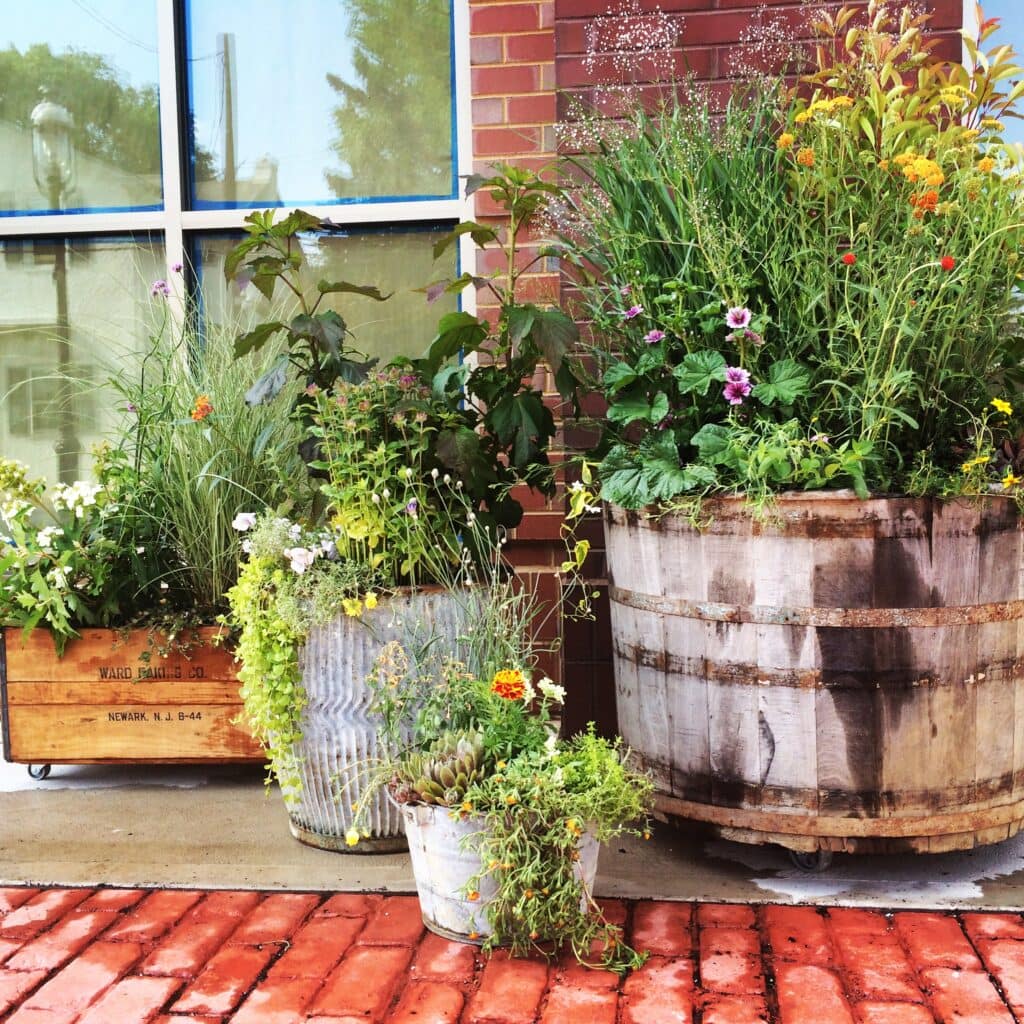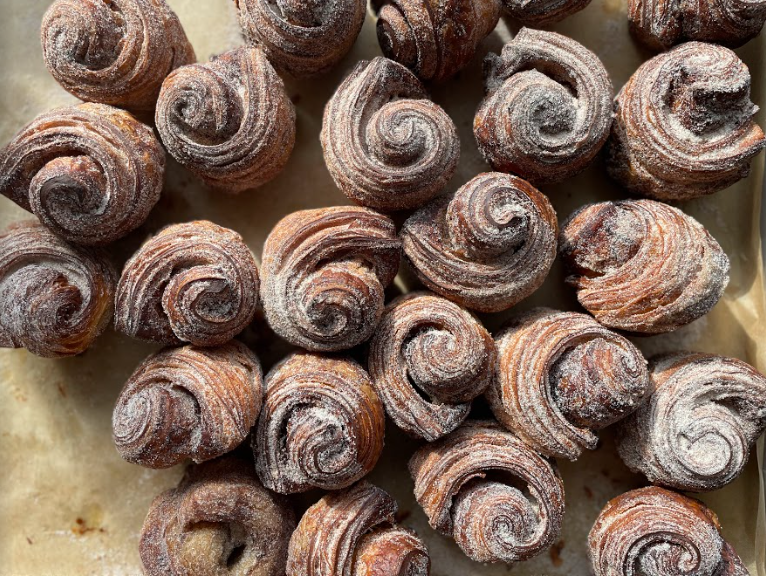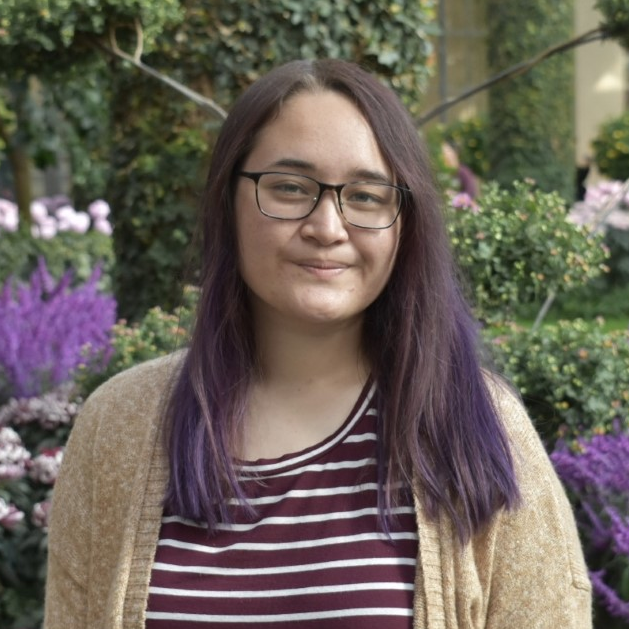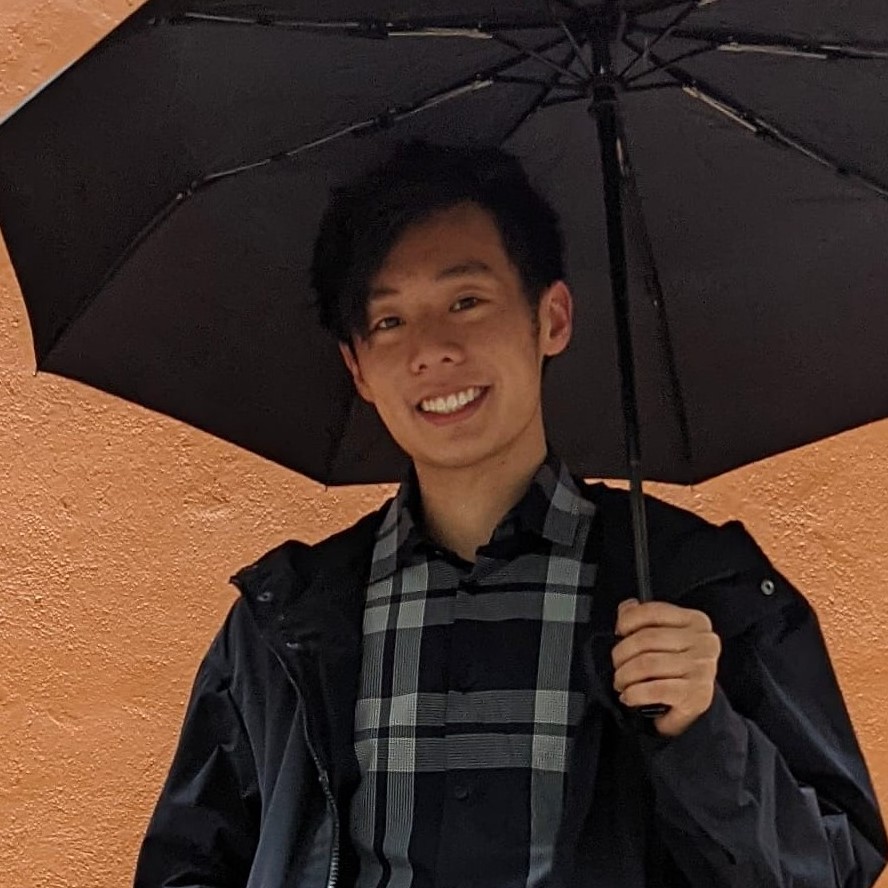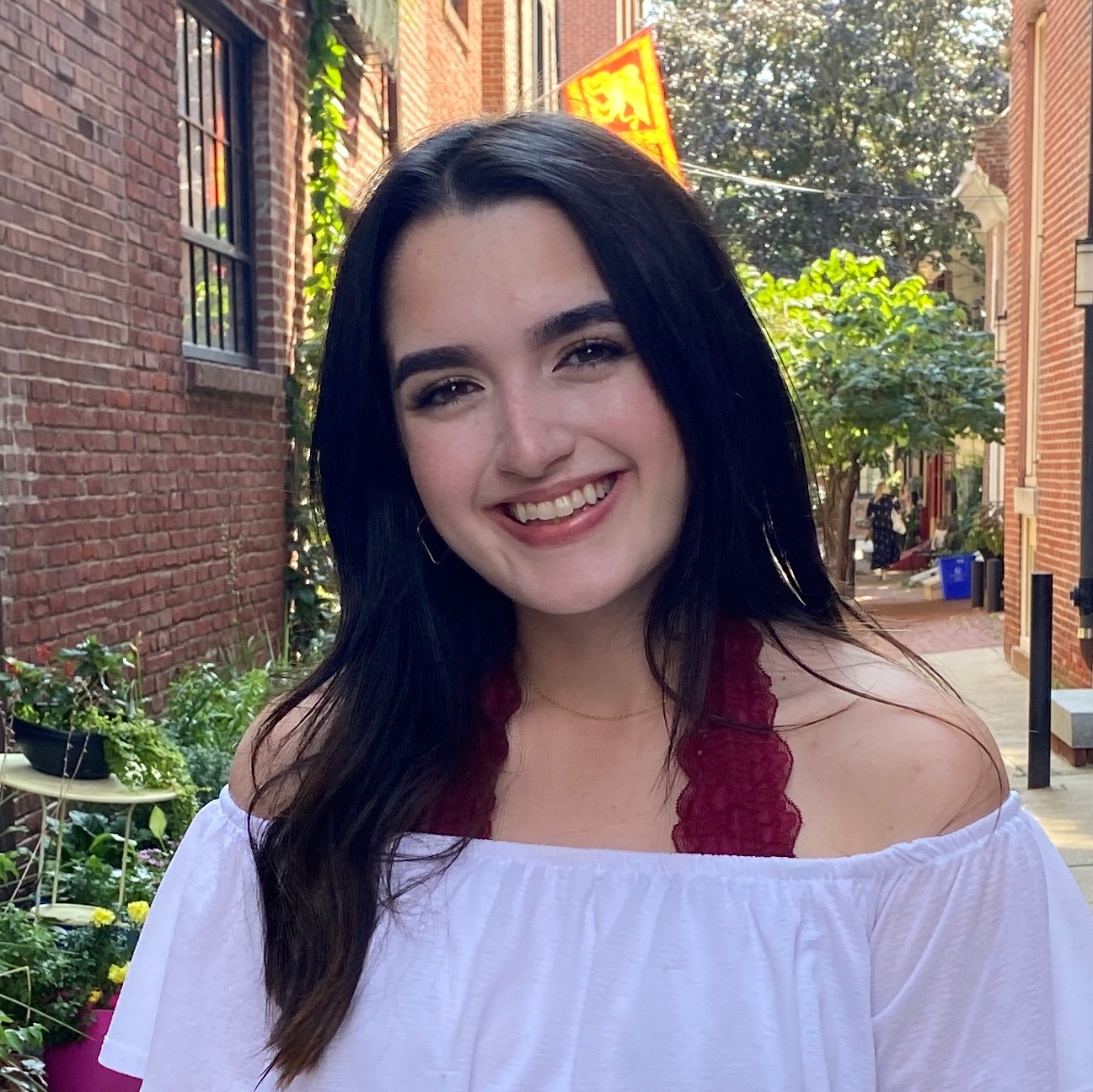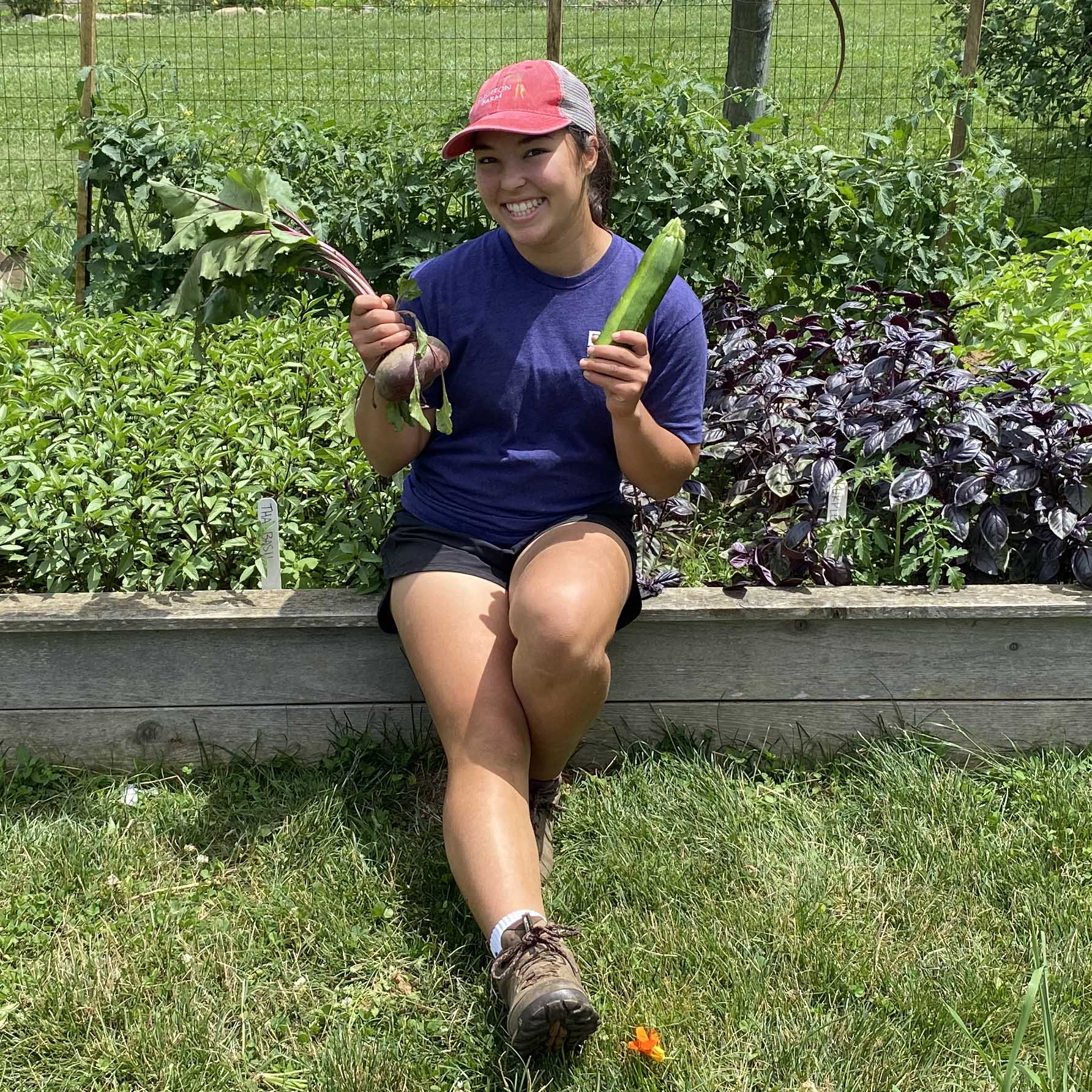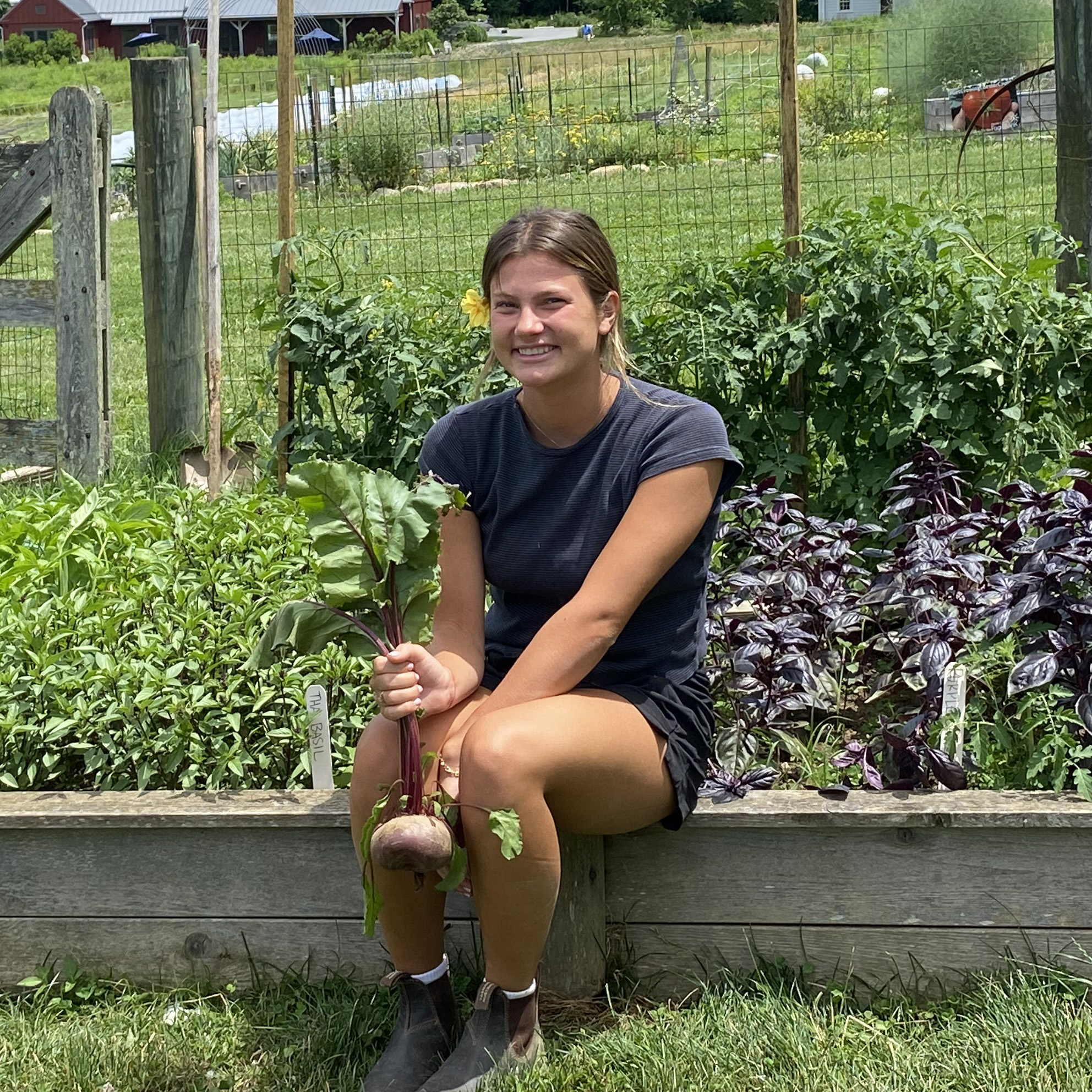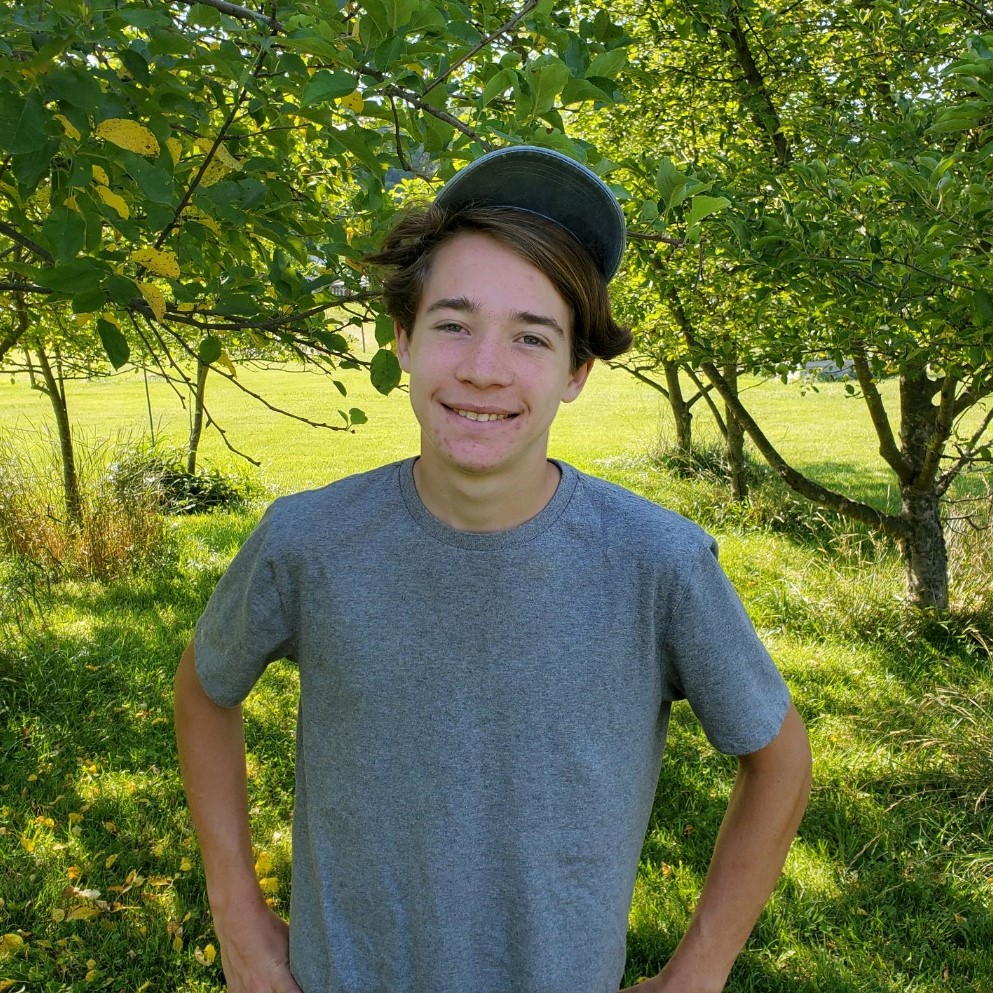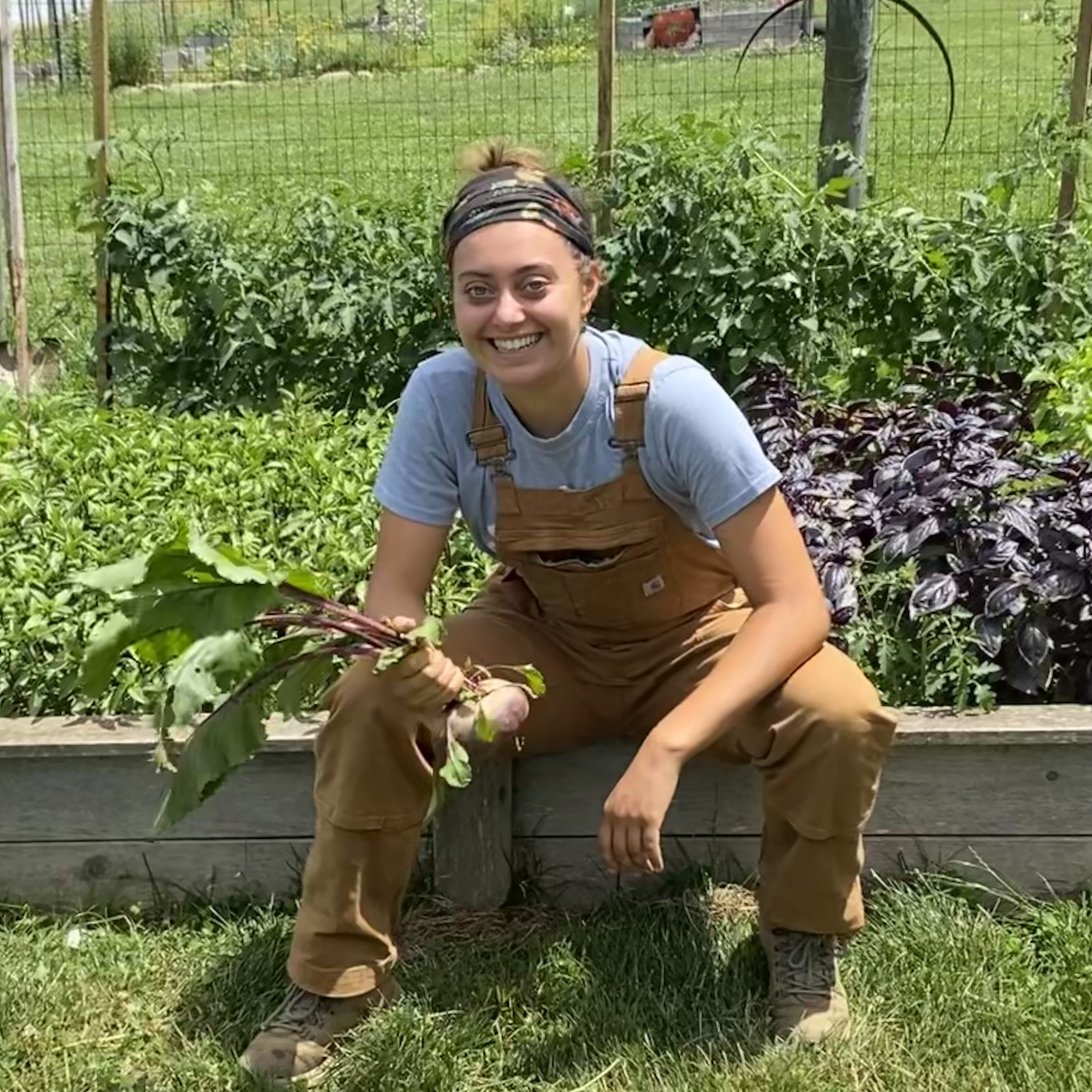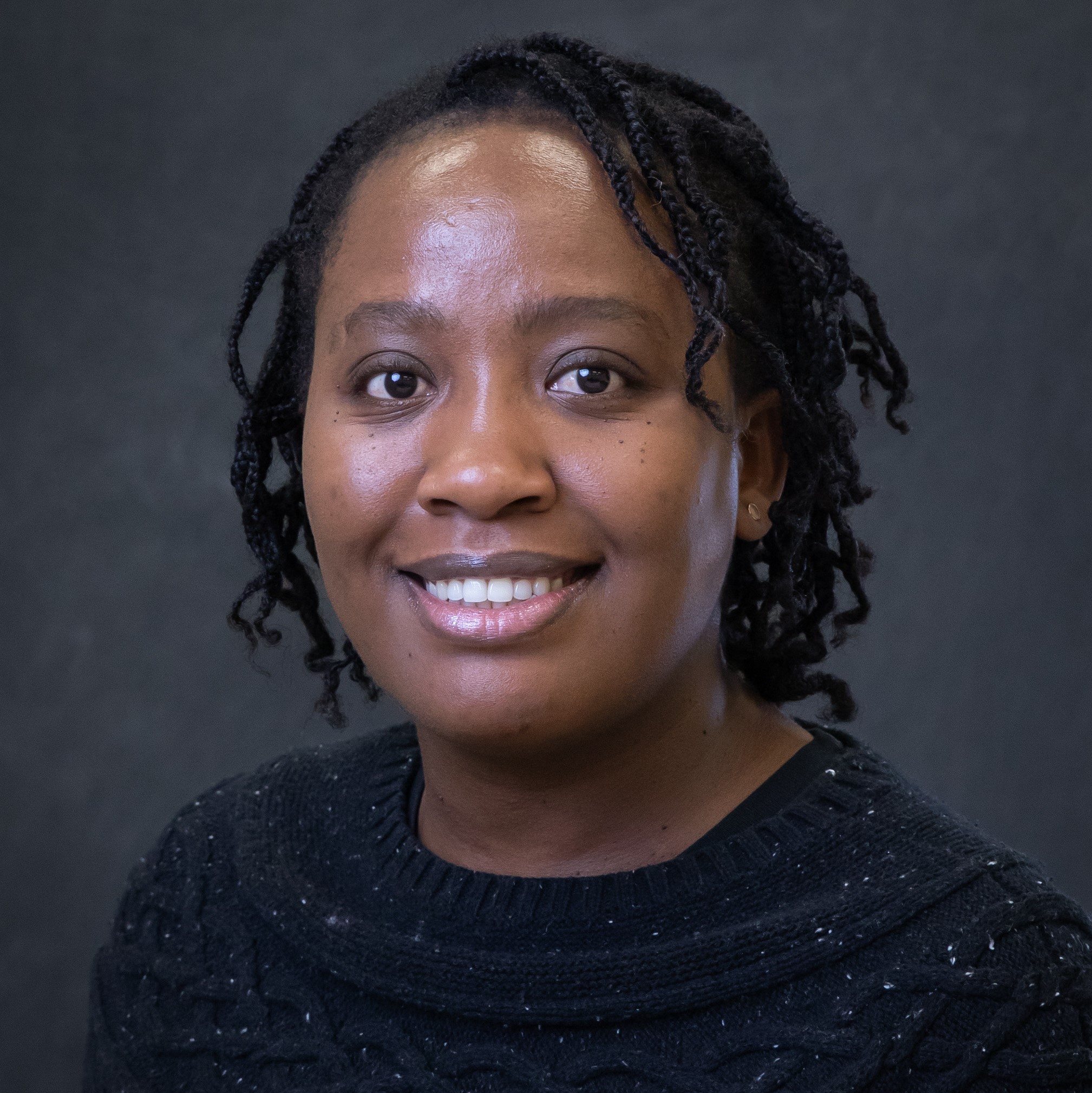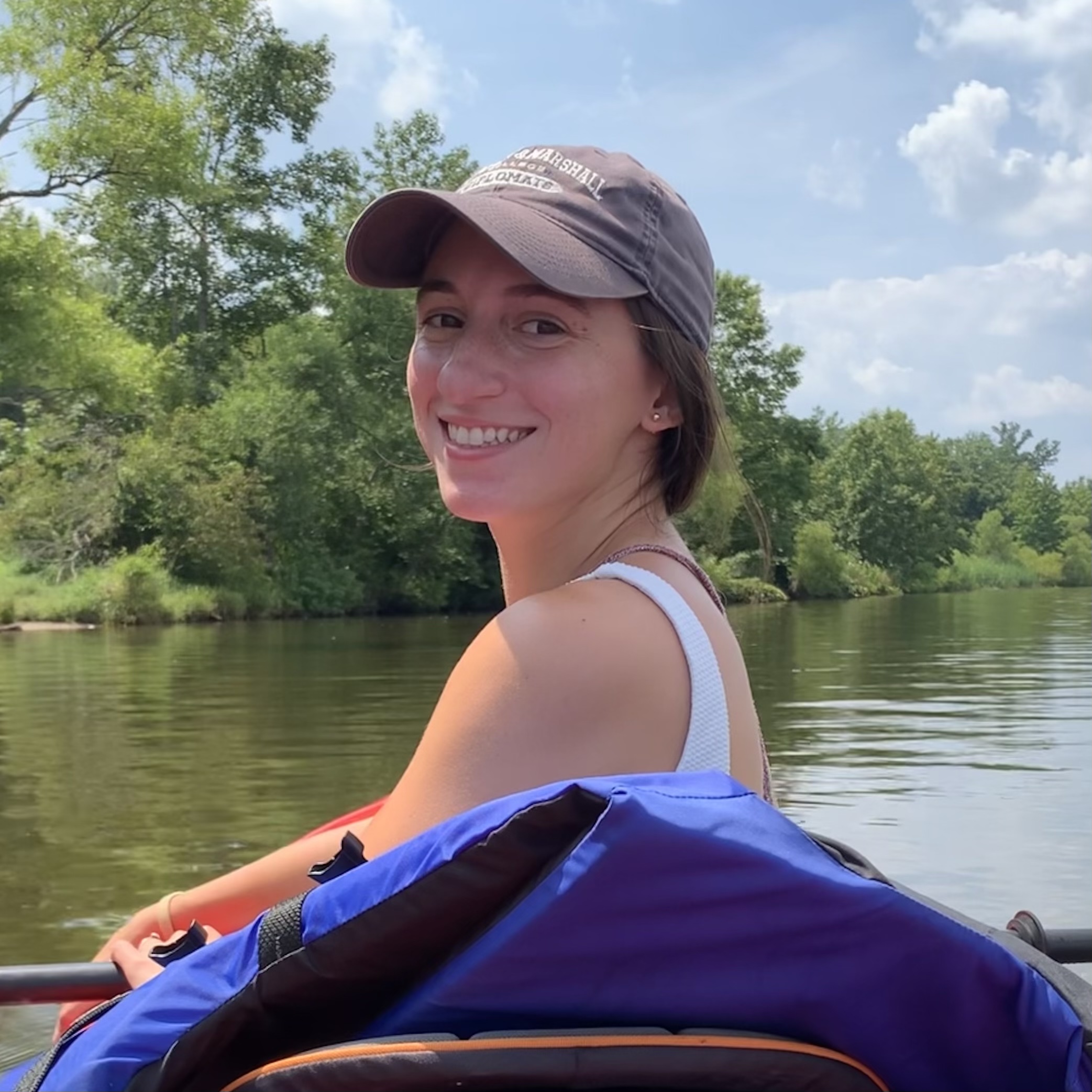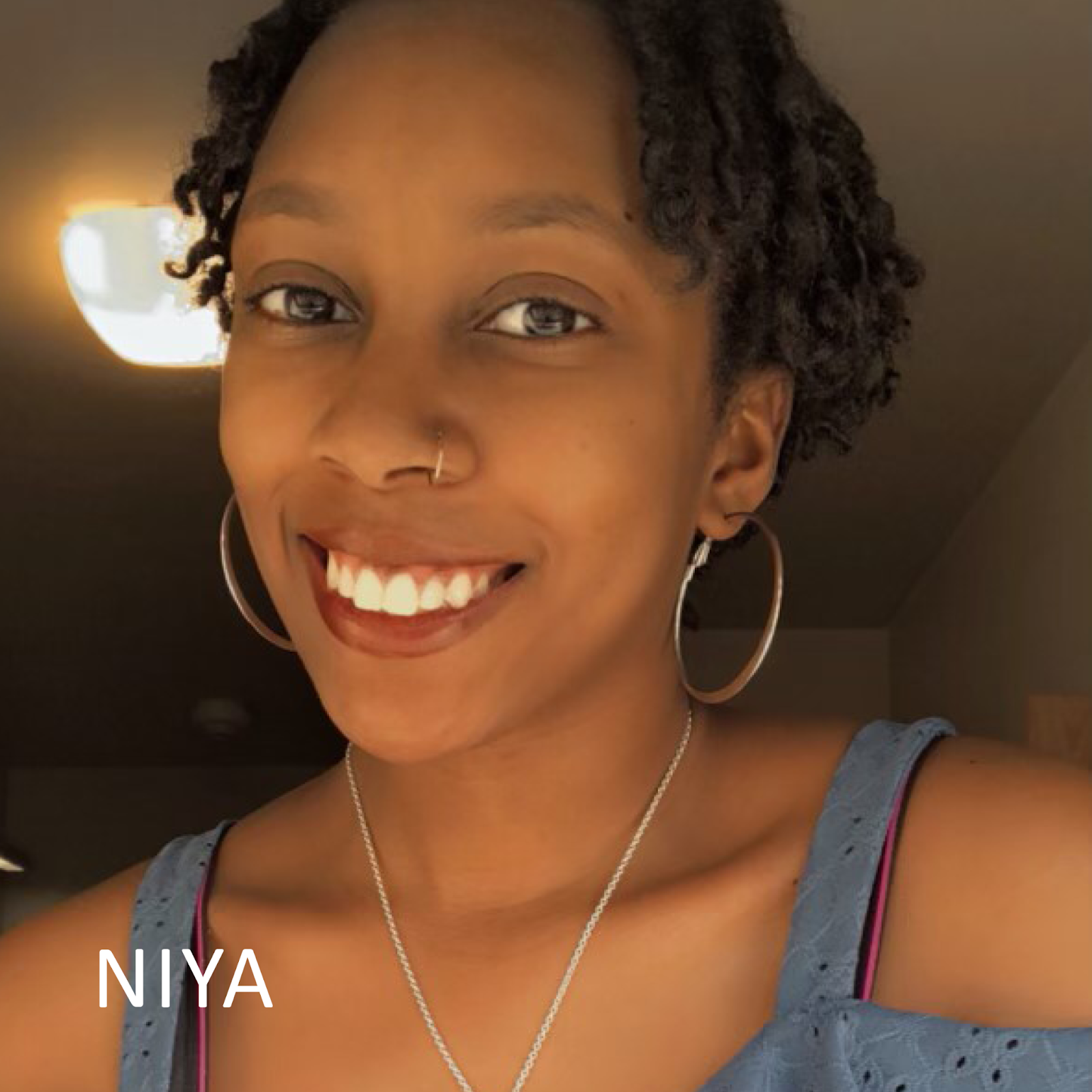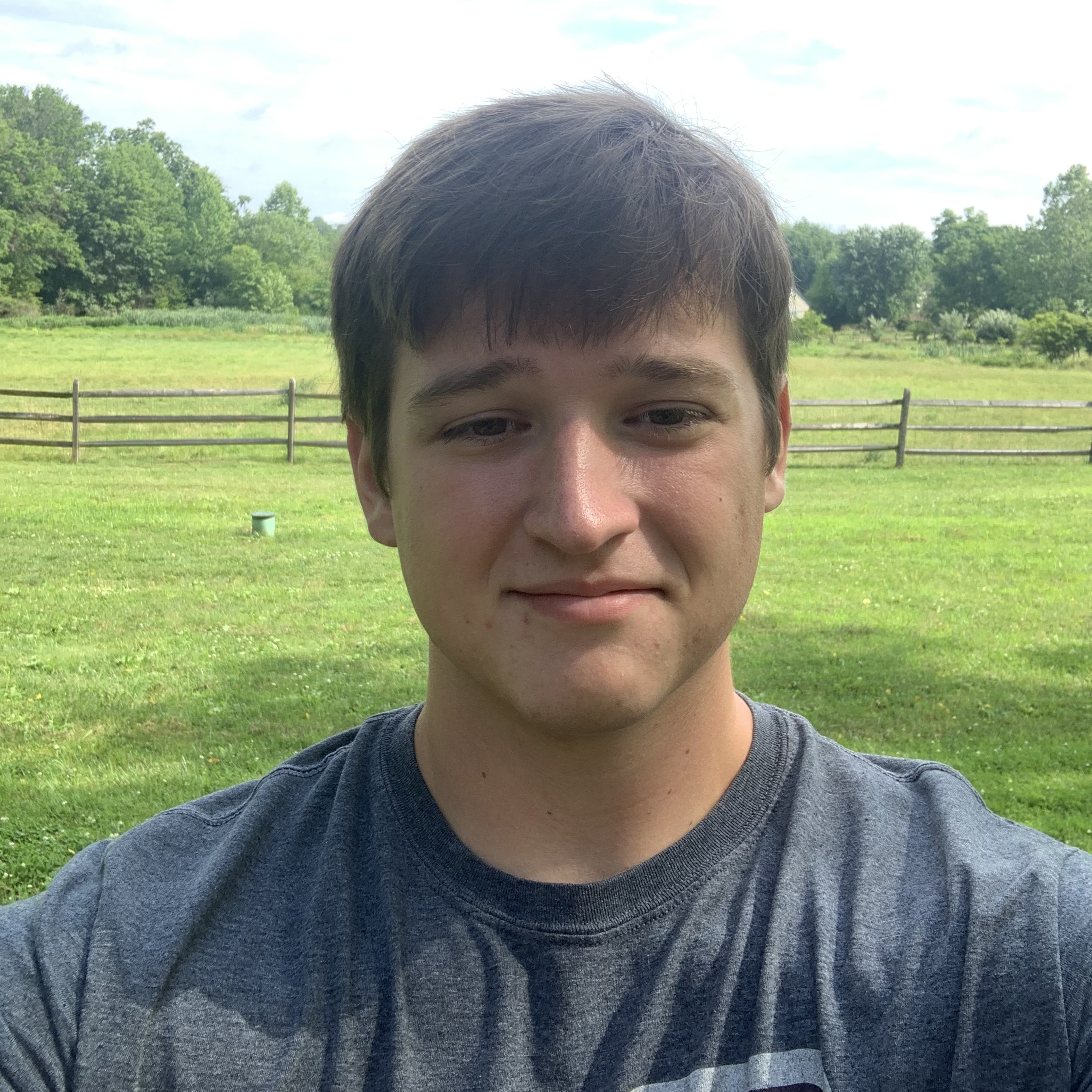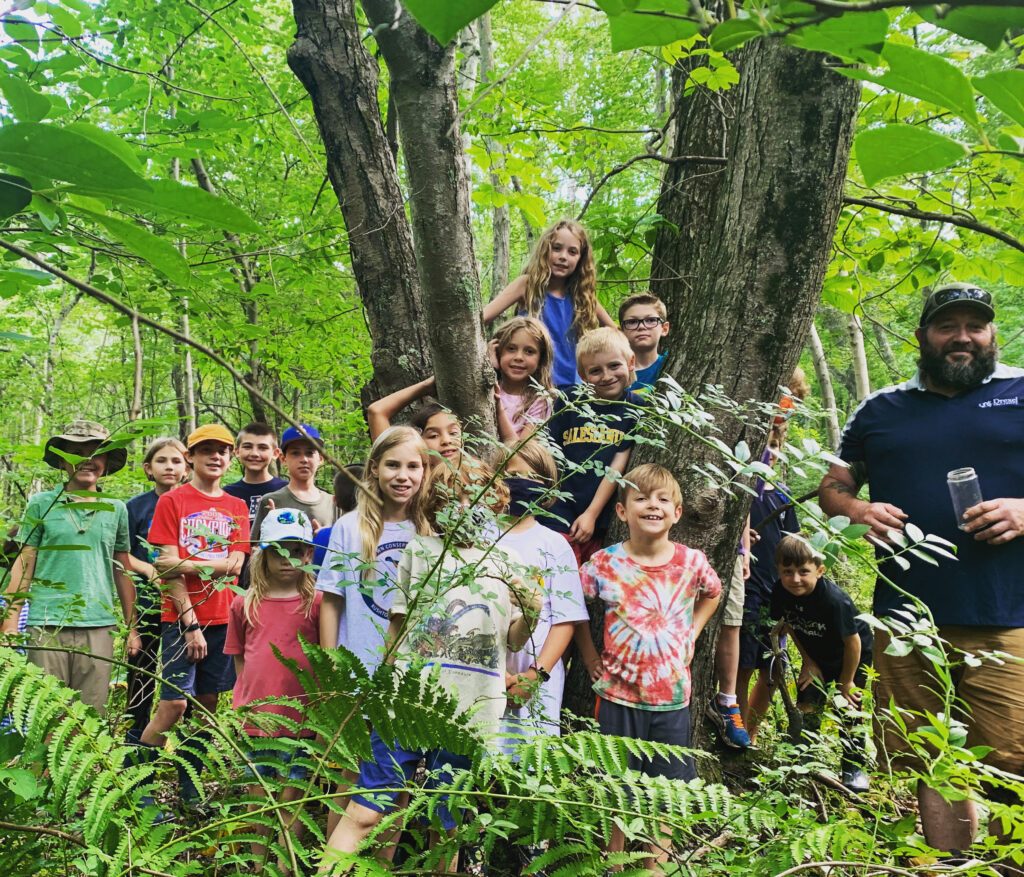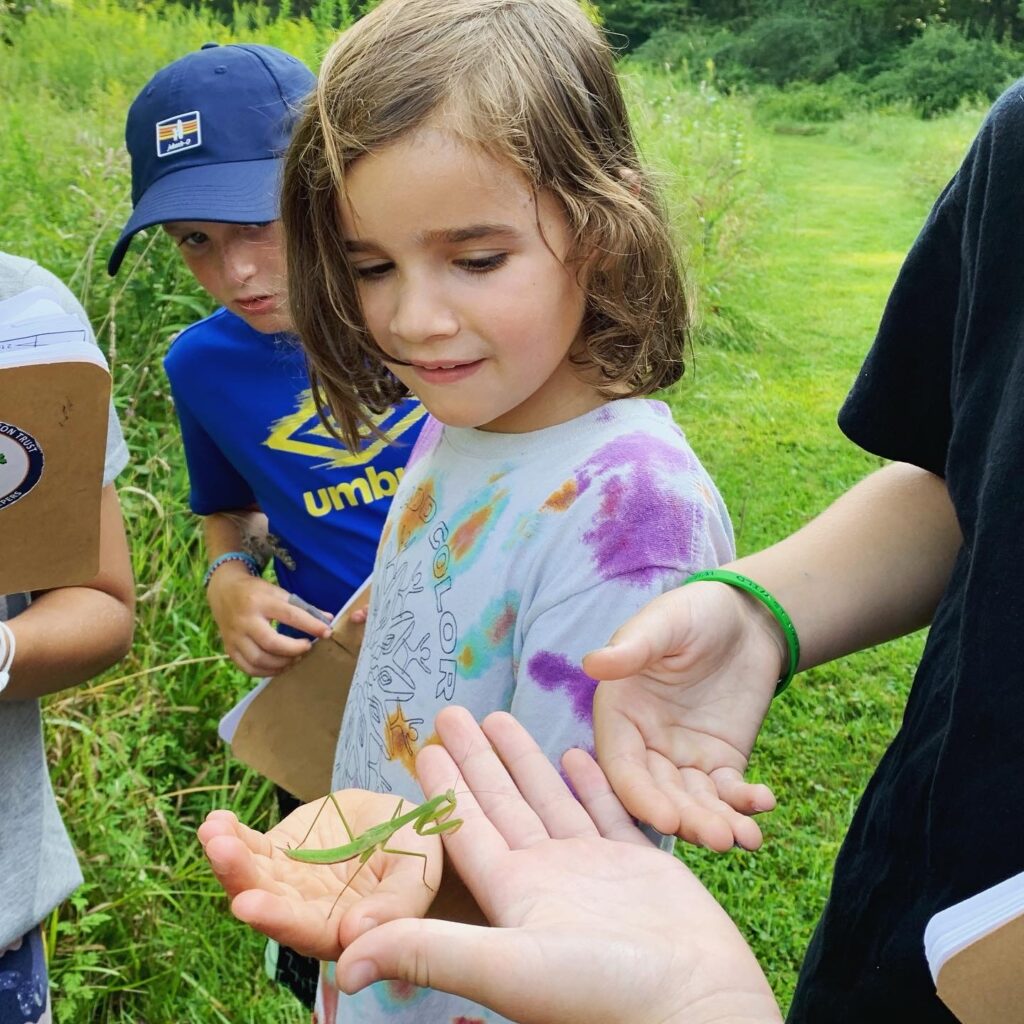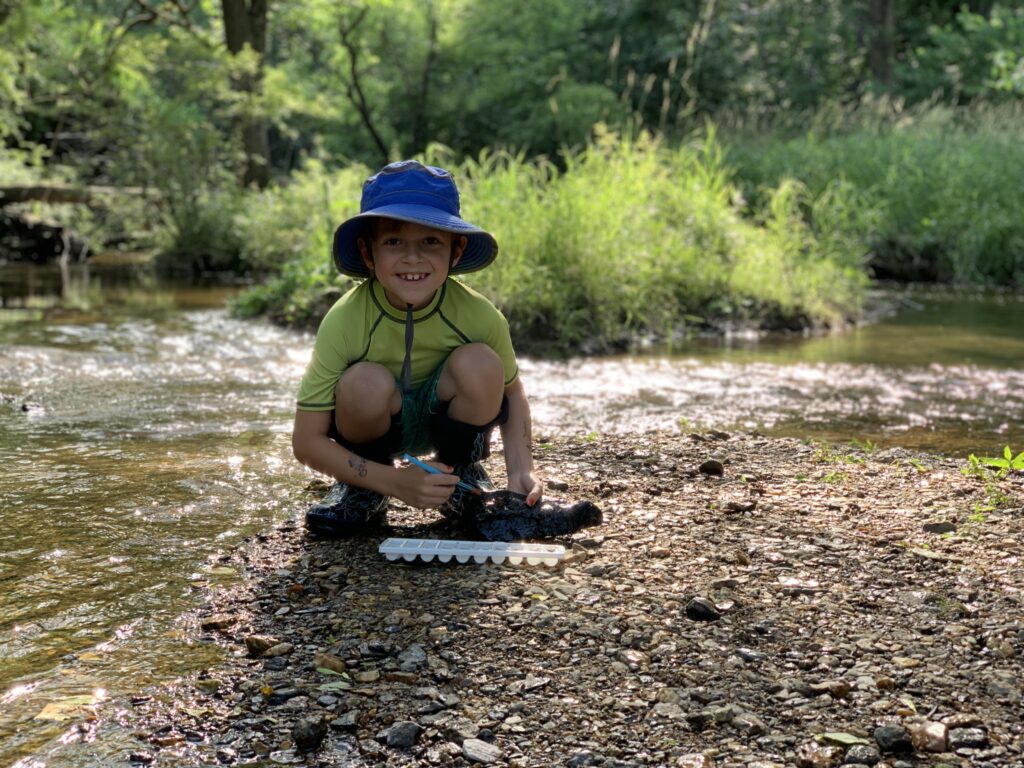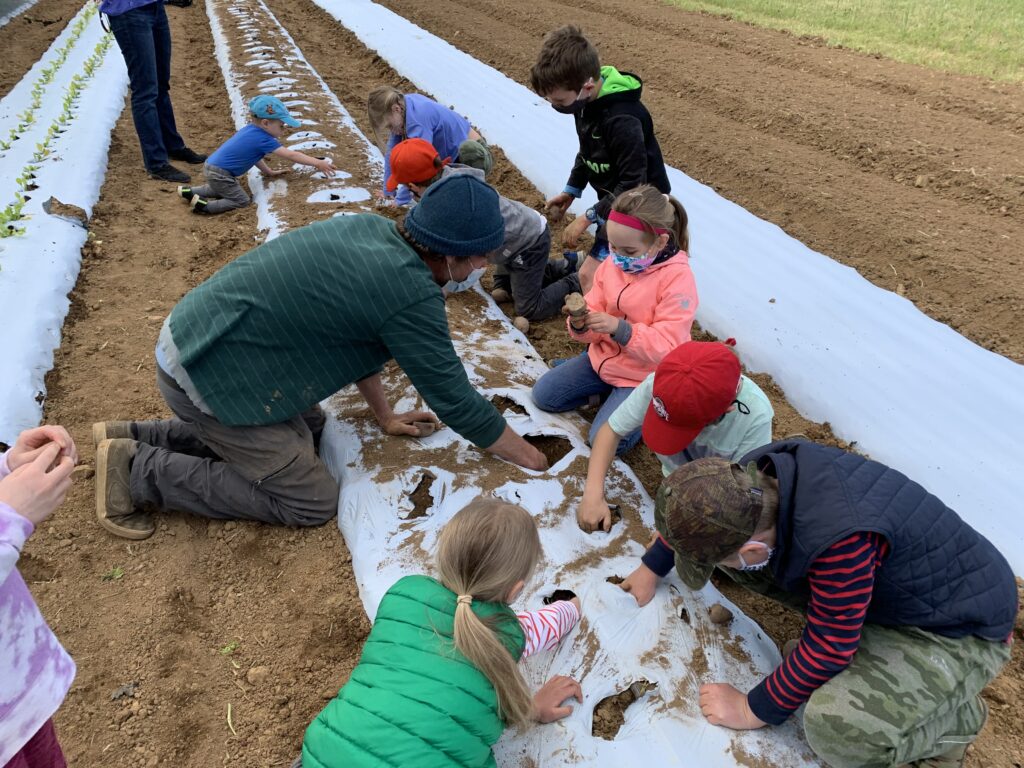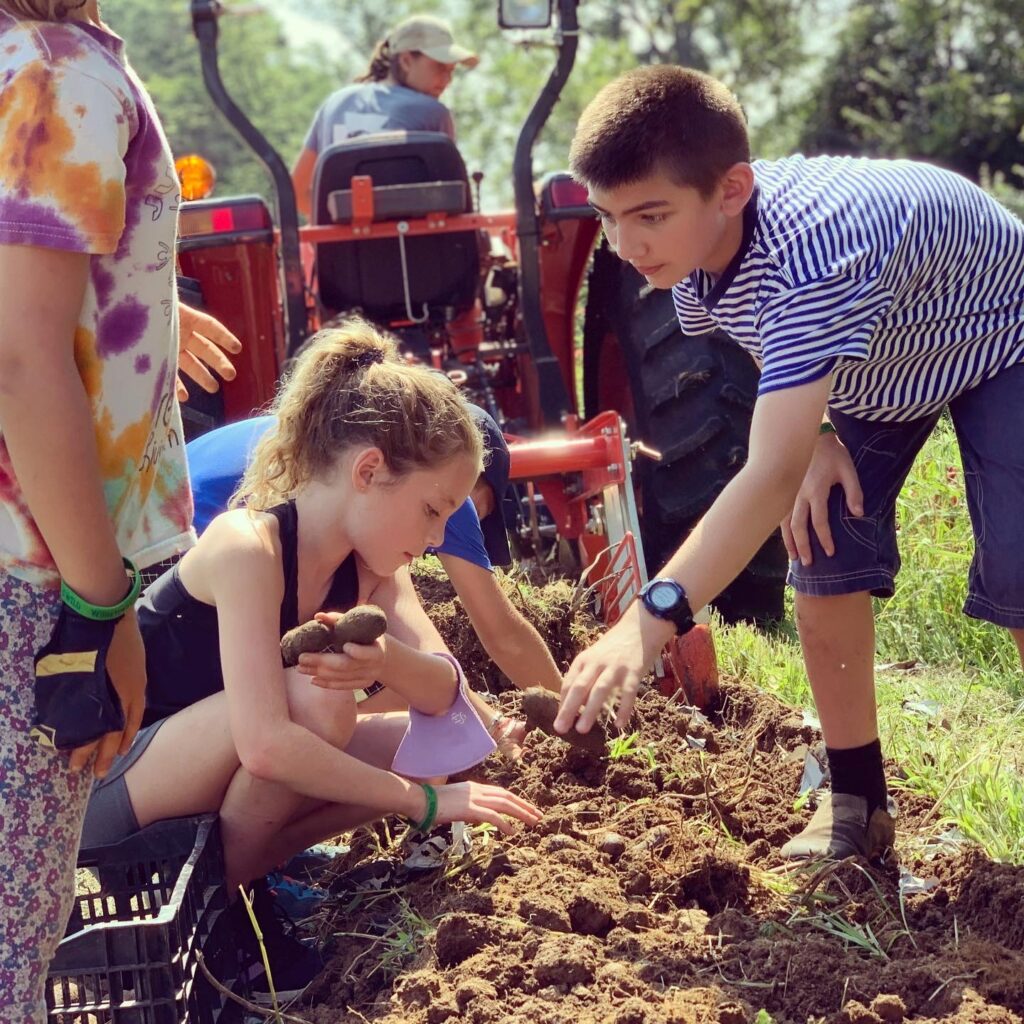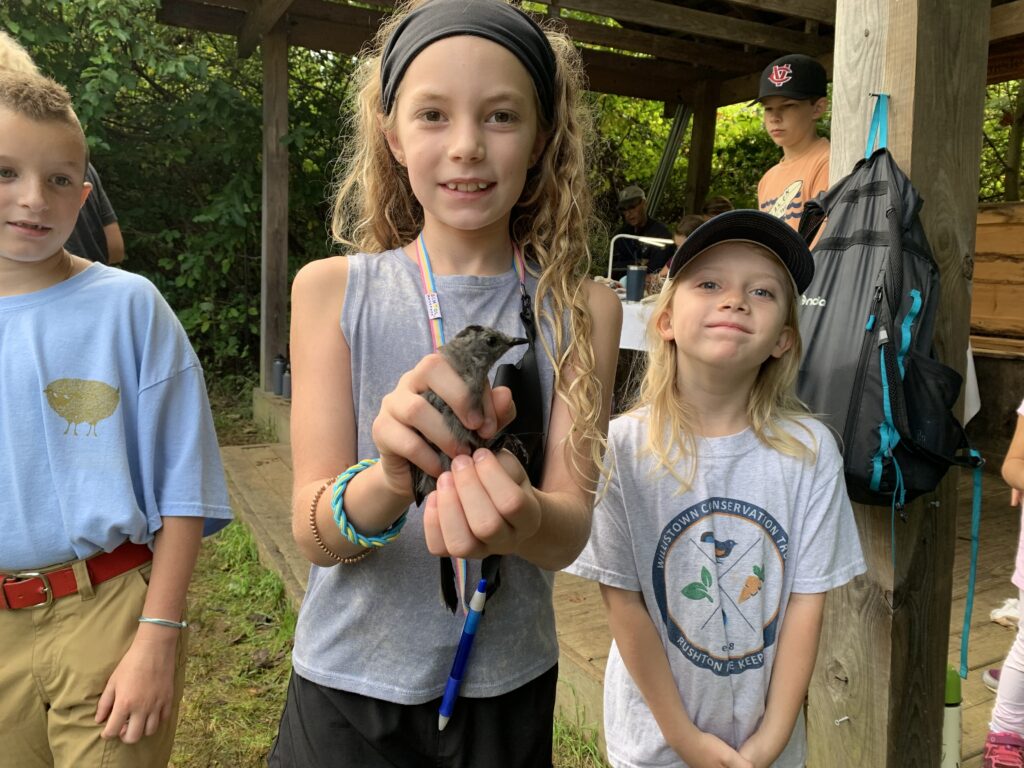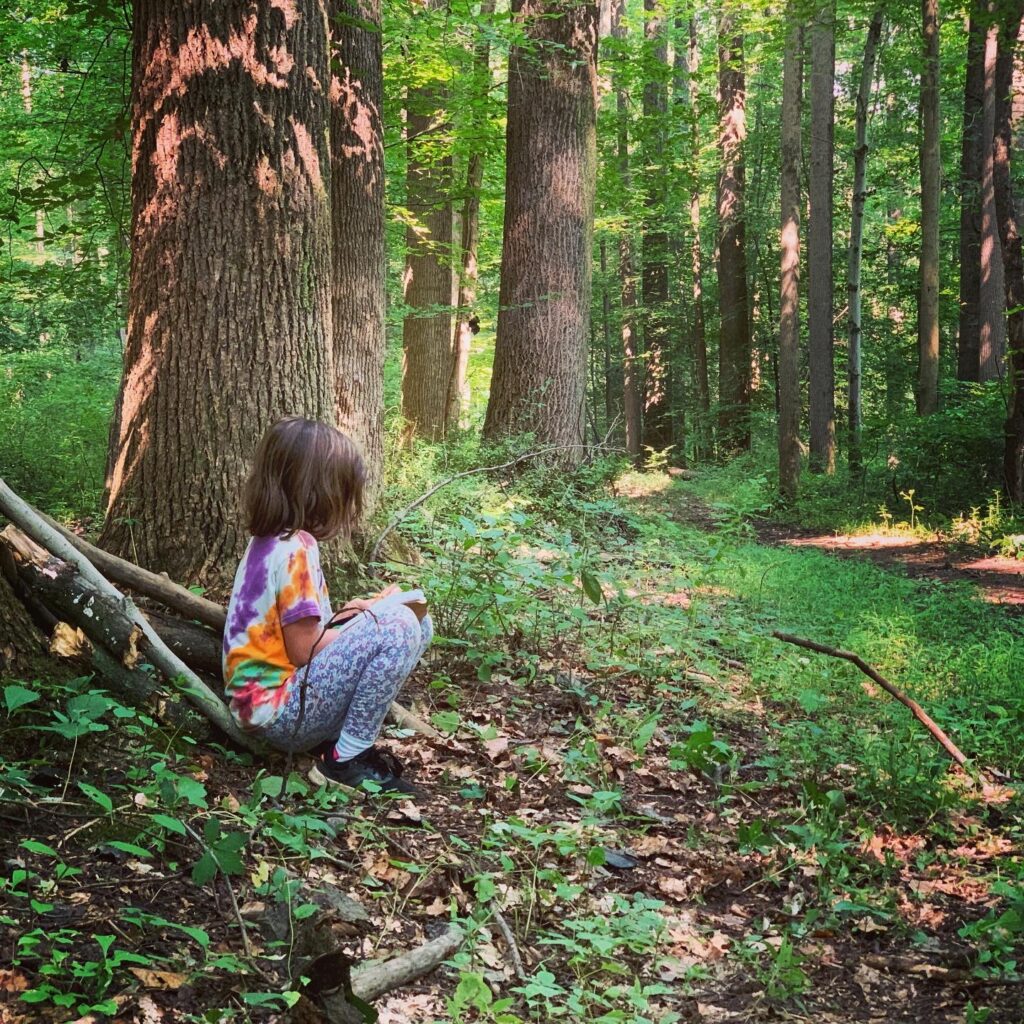By Outreach & Communications Intern Niya Moss
When people think of plastic pollution, their first thought is usually “save the sea turtles!” But sea turtles aren’t the only creatures that need saving. The problem is that many individuals refuse to acknowledge plastic pollution because they believe we as humans will not be affected by it. This article will highlight the fact that humans are easily affected by plastic pollution often in subtle and invisible ways.
Before we begin, it’s important to understand that plastic pollution revolves around microplastics. Microplastics are minuscule plastic particles that have resulted from the decomposition of waste and consumer products. These particles are often present in our water, our soil, and the air we breathe, and they greatly impact our way of life.
Microplastics in our Waterways
Many are aware that there is an abundance of plastic waste polluting our oceans but choose not to acknowledge it because they believe that this will not have an impact on their lives. That is certainly not the case. Plastic materials are typically treated with different types of chemicals or substances such as flame retardants. As these materials start to decompose in the ocean, they become small particles which contain hazardous chemicals. While these particles may be small, they can cause a great amount of damage to the human body.
Microplastic particles can easily be consumed by humans whether it be through the consumption of seafood, or through drinking contaminated water. Microplastics can enter our drinking water through a number of ways, such as doing laundry. When our clothes are being washed, microfibers become loose and are then released as wastewater. It’s worth mentioning that the plastic pollution in the ocean is mainly composed of microfibers and microplastics. The wastewater typically makes its way into our drinking water by means of the sewer systems.
These particles are very toxic because of the chemical additives they contain. Due to their small size, fish unknowingly ingest these particles, and those same fish are later consumed by humans. Consuming these fish poses a threat to human health. The chemicals within the microplastic particles are typically associated with serious health problems like infertility, ADHD and hormone-related cancers. The risks of consuming these chemicals are dangerous and can be fatal.
Plastic Pollution Threatens the Air We Breathe
If you think you’re still immune to the dangers of plastic pollution because you don’t eat fish, think again! Because plastic particles are often microscopic, they can easily be transported through the air by being blown about in the wind. Inhaling these tiny fragments of plastic can no doubt damage your respiratory system. But it gets worse than that – plastic pollution has been known to be a heavy contributor to air pollution. This is a result of burning plastic materials.
When plastics are burned, a chemical reaction occurs where toxic fumes are released into our atmosphere. Such toxic fumes include mercury, furans, and dioxins. Breathing in these fumes can cause severe health issues that can directly impact a person’s respiratory system. The fumes can aggravate any present respiratory issues such as asthma or emphysema. Pregnant women are especially at risk because inhaling these fumes can damage their fertility, or cause neonatal issues. You could be a very healthy and active person with a strong immune system, but that will not protect you from the health risks of breathing in toxic fumes. Air pollution is an issue for all living beings and the burning of plastic materials is only making it worse. If you’re still not convinced about how dangerous plastic pollution is, keep reading!
Microplastics in Soil
Microplastics aren’t just in the water we drink or the air we breathe – they’re in our soil, too! Microplastics can easily enter agricultural lands through sewer systems, or sewage sludge, to be more specific. Sewage sludge can be described as the solids that are filtered out of the wastewater. Sewage sludge is commonly used by farmers to fertilize agricultural fields.
The presence of microplastics in farm soil can be problematic for both humans and the environment. One of those problems being the possibility of microplastics carrying organisms that hold serious diseases that can affect humans and the environment itself. Regarding the environment, the disease-carrying microplastics can affect the soil functions and health of soil fauna. Soil fauna are beneficial organisms that inhabit the soil such as earthworms, mites, nematodes and protozoans.
Soil fauna play a vital role in keeping our soil rich and full of nutrients. In fact, soil fauna are very crucial in relation to plant growth, litter decomposition, and soil formation. When soil fauna ingest microplastics, the particles induce toxic effects upon the body systems of the fauna, killing them. Without these microorganisms, our soil will no longer be able to support any crops or plant life.
The reality is that all of us are affected by plastic pollution, whether we can see it or not. With recent research indicating that microplastics are now making their way into our lungs and blood, we can no longer ignore this very real problem that affects the very things upon which life depends: air, water and soil. It’s time to save the humans before it’s too late.
— By Outreach & Communications Intern Niya Moss
